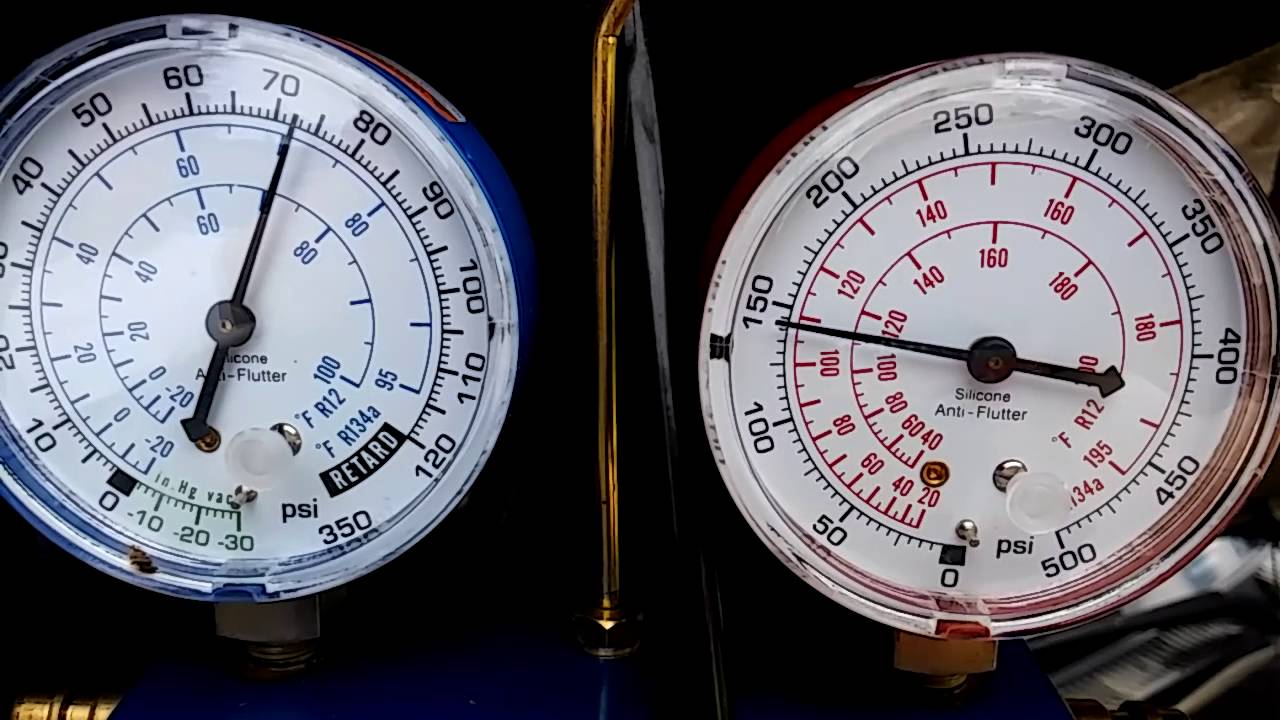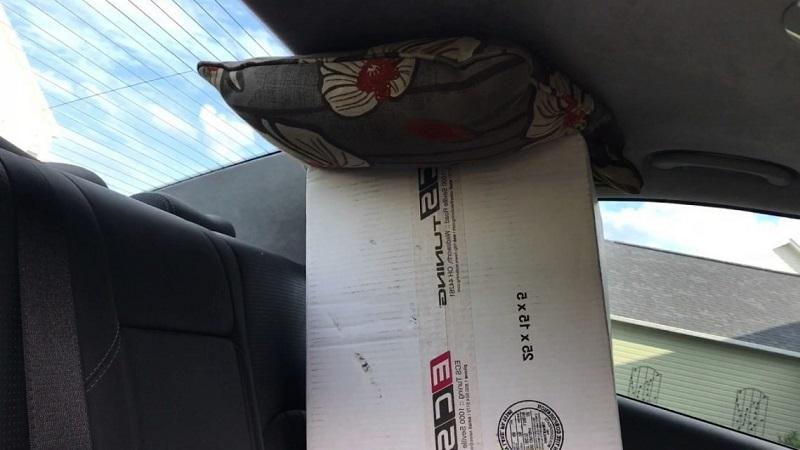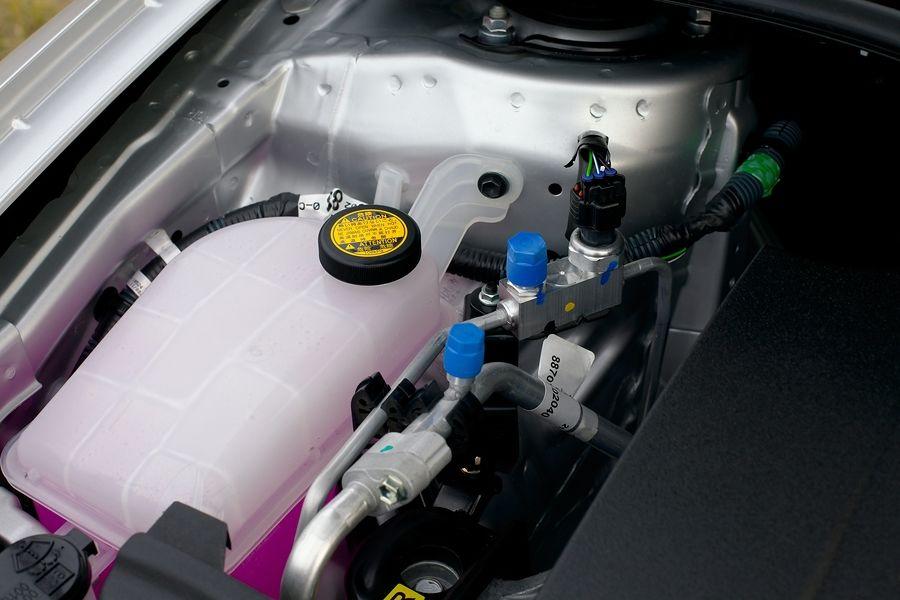12 Common Transmission Problems That You Can’t Overlook
In every vehicle, car transmission is one of those things that directly affects competency. By following proper maintenance procedures you can keep the transmission smooth. In that way you won’t have to worry about costly servicing and replacements. However, having some knowledge of common signs of transmission problems will help you to detect any problem with your transmission in time. In this article, we will have a closer look at the most common transmission problems. But before that, it is suggested to understand what a transmission is.
What is a Transmission in Cars?
A transmission, or as some car owners prefer to call, a gearbox. Car transmission is the car part that transfers the power of a vehicle’s power for the car to use. There are two types of transmissions that we usually see in vehicle:
Manual transmission
To be short, a manual transmission, or a manual gearbox, is like a bike’s gear shifter, but much more powerful and does not have the chain inside of course. Car owners disconnect the transmission and engine by pressing the clutch. In order to move the vehicle into a new gear, drivers adjust the shifter to the new gear and then release the clutch to continue to drive.
Automobiles need gears in order to stop the engine from destroying itself. The transmission and engine is temporarily separated and when shifting up and down. Instead of using your own hands, drivers can use the clutch pedal in order for the spring loaded plates. There are two plates that play important roles for manual transmission to shift gears:
One plate is the pressure plate. This car part is connected to the engine flywheel. The other is the driven plate that is located on the input shaft connecting to the gearbox. By pressing the clutch pedal, drivers release the pressure on the spring’s clamping and separate the engine from the gearbox.
Automatic transmission
An automatic transmission, also known as an automatic gear shifter, is the upgrade version of manual gearbox. Drivers don’t have to manually shift the gears by a clutch since the automatic transmission will do everything. Normally, a car in a low gear will mostly start to struggle as it’s pushed to higher speeds. However, with an automatic transmission, along with a torque converter, the car can sense the changes in speed. To be more specific, when drivers accelerate or slow down, the car will automatically shift to a suitable gear.
Signs of Transmission Issues
Acknowledge that your vehicle is having transmission failures, car owners need to repair it as soon as possible before it becomes much worse and much costly. So how can we tell when our car is having auto transmissions problems? Here is our symptoms for drivers in order to spot transmission issues:
- Delays in Transmission Shifting
- Car Shaking when Driving
- Transmission grinding
- Fluid Leaking
- Burning smell from Under the Hood
- Transmission fluid is Thick or Foul Smelling
- Clunking, Whistling Sound Coming from the Vehicle
- Cannot Go into Gear on Manual Transmission Gear Shifter
Remember: Car transmission is crucial, and any sort of problems with transmission can make your car unable to drive. The typical duty of the transmission in your car is directing power from the engine to the driveshaft which effectively rolls the wheels.
Now that we acknowledge automatic transmission problems symptoms, the list below discusses some of the most common transmission problems.
Automatic Transmission Problems
1. Grinding or buzzing noises
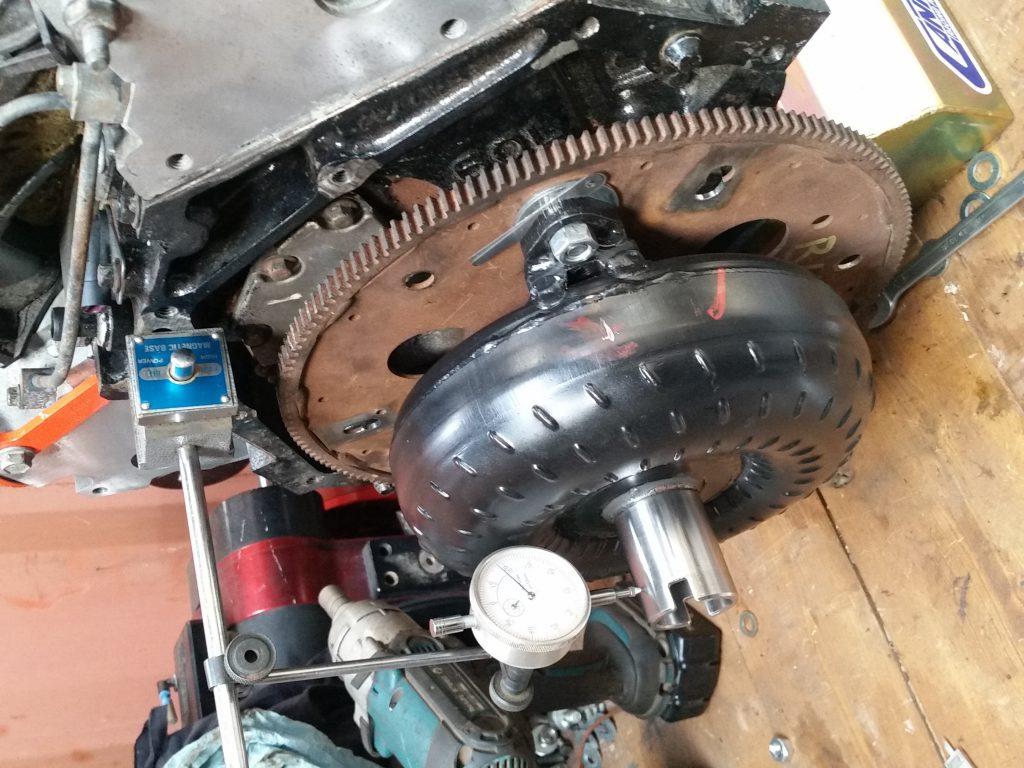
If everything is working normally, the automatic transmission operates smoothly when changing gear. To be more specific, there will be no slipping, shaking or grinding sensations when shifting from gear to gear. When you hear a strange brushing noise, even with a good condition gear, the problem will surely lay in the torque converter.
Damaged or worn from the needle bearings are one of the most common automatic transmision problems. This is usually just a minor problem, but since it is connected with a torque converter, you will know immediately.
Even though it seems like a minor problem, this can cause huge damage to the transmission if drivers are not taking care of their dear vehicles.
2. Lack of response
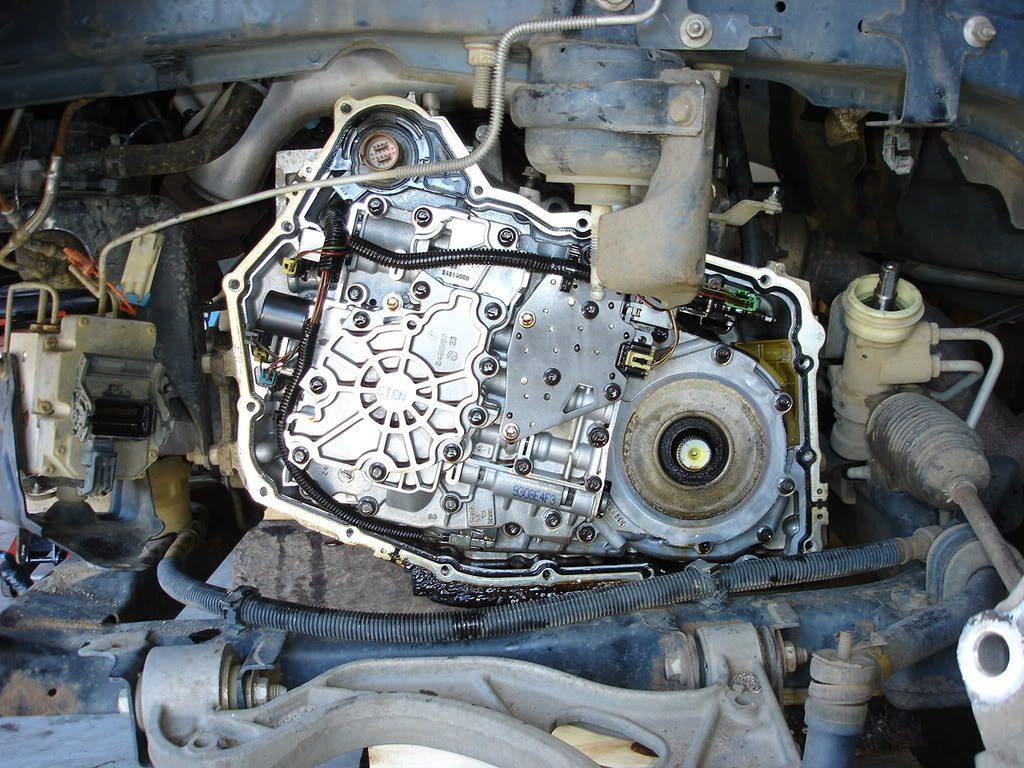
If there are faulty or no responses from your car when you place it into gear, this problem is surely from transmission. Of course, one of the most automobile transmission problems has to be the transmission itself. This problem, however, might be complicated. It could be simple like low transmission fluid, or maybe something more serious.
The cause of the transmission failure is mainly the lack of proper care. Especially if you usually drive cars in harsh terrains like towing, and hilly areas, taking care of transmission, and engine, as well as changing filters and fluid at the recommended time and mileage is recommended.
For that reason, if your car is having a failure to respond, take it to a service professional to avoid losing any more pennies from your wallet!
3. Burning smell
Another symptom in the list of common transmission problems is a burning smell. The smell of something is a bad warning sign that you don’t want it coming to your car. Many factors can cause the burning smell but the main factor is often the overheating of the transmission fluid. If you have to face this bad situation, you should calm down and then give your car a professional check as soon as possible.
With a non-professional person, diagnosing certain car transmission issues is not the best thing to do. Bear in mind that whenever you feel or hear some strange things, don’t wait to see if the issue goes away. The urgent thing to do is take your car to a repair shop to prevent any further terrible damage. Fixing your car transmission problems as soon as possible not only saves you trouble, time, and money but also saves you and others from accidents on the road.
4. Torque converter problems
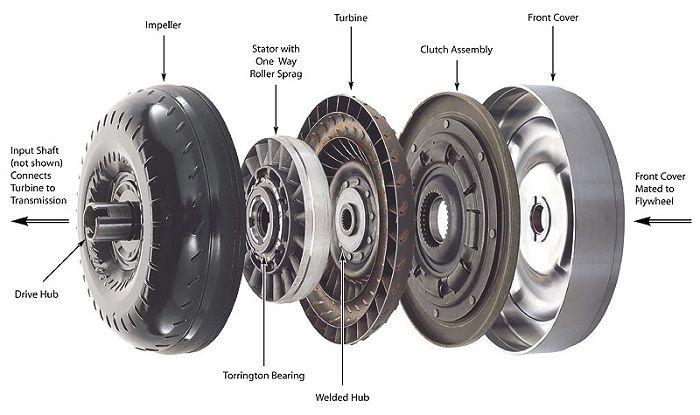
From the list of common transmission problems, we cannot ignore the torque.
Talking about the definition, a torque converter is a connection that transfers engine torque to the transmission and onto the drive wheels of the vehicle. Without a doubt, it plays a crucial role in the transmission of driving the fluid pump to make the transmission work.
However, torque transmission and converter could cause different kinds of issues that are responsible for failure or damage in the transmission. Drivers quite often face problems with damaged or worn-out needle bearings. Warm needle bearings often create noises that are easily heard while driving. When in neutral, it is not likely to make any noise. But, as soon as you shift to driving gears, you can hear brushing or grinding noises.
While most of the transmission’s issues include overlapping symptoms, car owners need to check all other car parts carefully before blaming the torque converter.
Read more:
- The Enemies Of Car Handling And How To Counter Them
- The Correct Way To Remove Airbag From Steering Wheel
5. Low fluid levels or leaks
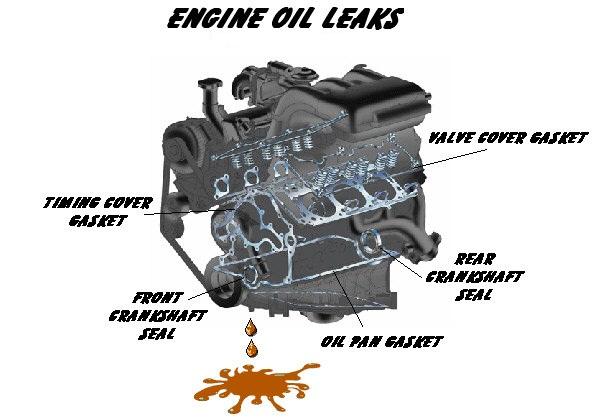
Probably the most common car transmission problem is transmission fluid leaks or low fluid levels. Such a problem may occur when there are leaks in the transmission system. There are many reasons for this issue: from a leaking pan gasket, driveshaft or axle seal, or a transmission cooling line. This will lead to burnt or low fluid, overheating and heavy damage. In situations when the driveshaft or transmission is defective, there can be leaks. You can fix the problem by replacing the transmission gasket seals. In some other cases, coolants are often found to be contaminating transmission fluid, also. The common term for such a defect is cross-contamination.
Fluid leaks or low fluid levels commonly result in slow shifting or gear slippage. Immediately change the fluid or completely flush and refill the transmission whenever you notice fluid contamination.
6. Flashing check engine light
One of the most common transmission failures that we can easily see is the flashing check engine light. Experienced drivers all acknowledged that check engine light can tell a lot about their cars’ issues.
To be more specific, air conditioning, brake systems,… and many more car components can be the source for this light, including transmission.
So if the check engine light is flashing, transmission is the place to look at.
7. Solenoid problems

The solenoid is a major vehicle component that manages the up and down movement and shifting while the car is running. Throughout the car transmission and the flow of fluid is controlled by this car part.
However, electronic malfunctions or inadequate fluid levels can damage the solenoid quite badly. Drivers can spot the faulty solenoid by these symptoms:
- Your car won’t go into gear
- Strange Shifting Patterns
- Delay in Shifting
- Flaring or Slipping Shifts
- Cannot upshift or downshift.
When the solenoid is faulty, the result can be the same as when there are instances of fluid leakage or shortage: Faulty transmission, pressure, and shifting issues. As long as there are no leaks, but your transmission keeps slipping, then, there is something wrong with the solenoid. Besides, the power output of your engine drops sharply. On the bright side, car owners can simply fix this problem just by replacing the solenoid.
8. Shuddering
Shuddering is one of the most common automobile transmission problems. To be more specific, when the bands or clutches are faulty, the transmission will start to shudder. Many factors cause this issue: improper computer signals, faulty running engine, dirty or low fluid, damaged or worn clutches…
With this problem, it is our recommendation to find a car technician to help you solve this one.
9. No shifting
In the list of common transmission problems, no shifting is included. For the car to upshift and downshift normally, the transmission bands are designed to wrap around the internal transmission parts. Along with that, it also has solenoids, pistons, and fluid pumps that control and provide pressure. The combination of these components helps the car run smoothly.
However, if any of these components are faulty, car owners cannot shift at all. So if your car cannot shift correctly, transmission might be the main factor.
10. Delays
This is quite a hard way to spot common transmission problems since drivers spot delays in shifting quite often.
However, if car owners notice a large delay when going into gears or between shifting gears, they might know that there is something wrong with the car transmission.
Manual Transmission Problems
1. Clutch pedal
A clutch that cannot disengage is a common transmission problem. When this happens, drivers will hear a grinding sound when shifting gears. In some cases, they cannot even shift, which is dangerous when driving.
Most drivers do not know the underlying problem: There might be leakage or air inside the system. This reduces the force needed to release the pressure, which creates a dragging clutch.
Car owners can adjust the clutch if possible, or go to the automobile mechanics if you want to make sure your car components are treated properly.
2. Grinding gears
Last but not least, you can observe this symptom presents itself differently in automatic and manual transmission. If your car is a manual transmission vehicle when changing gears, you feel or hear a grinding sense, this may mean that the clutch of your car has just been worn out and it’s time for you to replace it. However, it also means that one of the transmission synchronizers of your car is damaged and worn out.
If you are owning an automatic transmission car, a rough shift instead of an unnoticeable one could be caused by a few things. In the case of automatic transmissions, you should take your car to an auto workshop for diagnosis.
These symptoms sometimes come before or after your transmission starts to slip. These issues can occur when you haven’t replaced your fluid levels at the correct intervals, you have an ill-running engine, or the clutches are worn.
How To Prevent Transmission Issues
Let’s be honest, when is the last time you check your transmission? Most car owners do not regularly maintain or give their vehicles a check, especially with their automobile’s transmission. It is normal, but you will lose a huge amount of money for a car maintenance shop. Usually, the moment car owners start noticing something wrong with their vehicles, it is time to find the problem and fix it right away.
However, the best way to keep their car healthy is to not have this issue in the beginning, especially with essential parts like transmission. So in this article, apart from telling you the signs of automobile transmission problems, our car experts will give you tips on how to prevent transmission problems.
Watch more:
1. Never overfill your transmission
It is terrible for overfilling the transmission since this could lead to erratic gear shifting, along with possible damage due to the foaming fluid. For that reason, car owners should follow the driving manual very carefully when adding and checking fluid.
2. Check transmission fluid level regularly
To perform the check the right way, drivers must let the engine run at operating temperature, as well as the transmission in “park”. Along with that, car owners must follow the instructions in the owner’s manual. The trick to knowing when to change fluid is to examine its smell and color. If it is black or brown or smells like burnt, then changing is a must. Together with that, you can add more fluid if the level of the fluid is low. Usually, the fluid should be checked every 1,500 kilometers. In addition, car owners should change the fluid every year or every 80,000 kilometers.
3. Use the correct fluid
Even though changing the transmission fluid and repairing the filter are essential, car owners must also remember that only the fluid recommended by the manufacturer is suitable for their vehicle. Some new fluids are more expensive than the old ones, yet they bring great benefits and protection to your transmission. So before trying a new type of fluid, drivers should ask the car maintenance shop to see if it is suitable for your dear car. Yet if you are worried about it too much, just stick with the usual fluid.
4. Avoid massive heat in the transmission
Heat is without a doubt one of the worst issues of the health of transmission. It has been researched that about 90% of transmission failures are created by heat. Accordingly, car owners can prevent common transmission problems by decreasing the heat in the automobile’s transmission.
5. Get a cooler
As we mentioned in number 4, excess heat is terrible for your transmission. SO installing an auxiliary cooler can make a huge difference. This item can help drivers save hundreds of dollars. To be more specific, with good settings and a bit of temperature adjustment, the cooler can reduce around 30% to 50% of the transmission temperature when towing.
6. Don’t tow in overdrive
Believe it or not, towing while the car is still in overdrive mode happens quite often, and this is one of the most common transmission problems. By doing this, car owners will cause excessive shifting between the next lower gear and overdrive. For that reason, our suggestion for automatic overdrive transmission users is to always turn off the overdrive mode when towing. Drivers can find the on-off button on the steering column or dashboard, sometimes even on the shift indicator. This small action eliminates unessential shifting, as well as increases car performance.
7. Avoid changing gears when stucking on ice or in mud
It is common knowledge that quickly “rocking” gears when your vehicle is stuck in mud or in ice must be avoided at all costs. The action causes excessive heat to your automobile, and it can burn the transmission, which leads to thousands of dollars in fixing costs. So if you must shift gears, do it as gently as possible. Car owners must also make sure the wheels have stopped moving before changing to another gear. Another method when your car is stuck is to dig it out.
8. Warm up your car
We all understand that in the morning, you might be in a rush to work. However, warming up the engine, as well as the transmission for at least 45 seconds to one minute can be a great help. By doing this, the heat will be transferred equally throughout the car after a cold night.
9. Don’t overload your automobile
This advice is mostly for truck drivers. The automobile has its weight limitation. If you tow too much weight, the transmission will easily overheat and will be damaged heavily. So if you want to save money and time by forcing your car to carry all your heavy stuff, we can guarantee that it is a bad idea.
10. Use the emergency brake when parking on an incline
Car owners are suggested to make good use of emergency brakes, especially when parking on a hill or incline. This car component not only stabilizes your automobile in harsh terrain but also reduces stress on the parking pawl, which then decreases the work of the car transmission.
11. Get checked by a professional
Last but not least, if car owners ever wonder if there is a problem with their car, it is recommended to get it checked by an expert. These issues can be spotted in the way your transmission functions, in the way your vehicle drives, or just a small delay before shifting gear.
Common Questions About Car Transmission Problems

What happens if your car transmission fails?
Driving a car with a failed transmission means you have to face a lot of unnerving and dangerous problems. For instance, it is too hard for you to stay in gear, which can make the vehicle to stall. Besides, if low transmission fluid is the reason responsible for your transmission problems, you may feel a loss of acceleration gradually.
In some more serious situations, if your car transmission is out, you will not be able to start your car and will have to call a tow truck to pick up your car. In these cases, the need to replace the transmission is unavoidable, which costs an extremely expensive price.
Is driving a car with a slipping transmission safe or not?
It is not recommended to drive a car with a slipping transmission because the car will be unpredictable. The car can go into different gears without sake, warning, and cause damage. If you see any sign of a slipping transmission in your car, just go to an auto repair shop to fix it as soon as possible.






